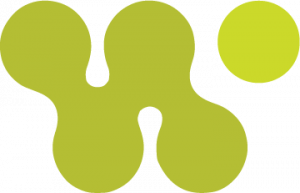
WPI releases personal reflections from giving circle founders, including African American Women's Giving Circle!
Personal reflections from women founders of the early giving circles are included in a new booklet just released by the Women’s Philanthropy Institute at

